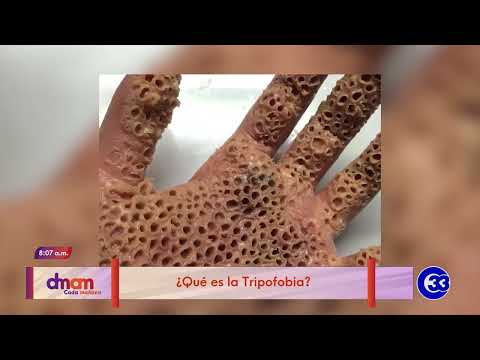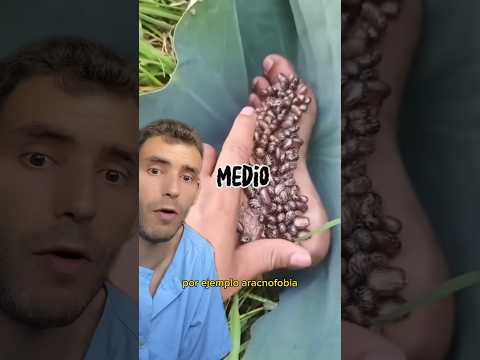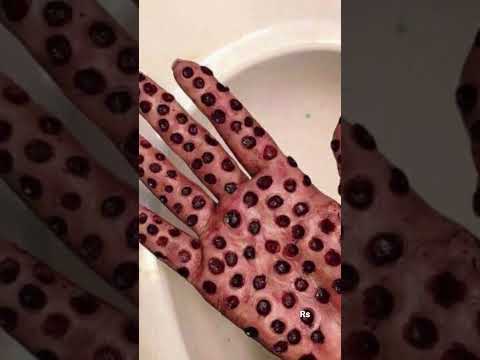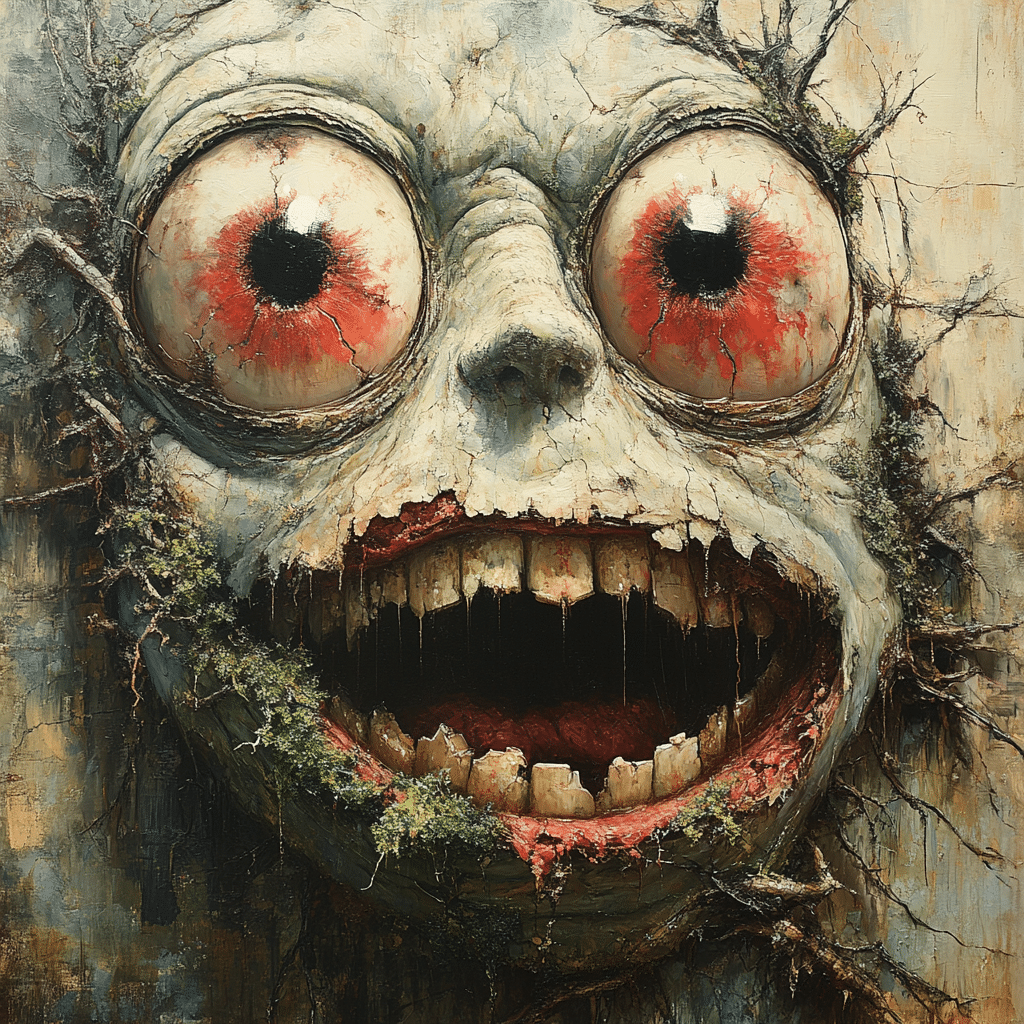
Tripofobia Is The Unsettling Fear Of Clusters And Patterns
Tripofobia, also known as trypophobia, is an unsettling yet fascinating phenomenon. It’s categorized as an aversion or irrational fear of repetitive clusters and patterns, particularly those that feature small holes or bumps. Even though it isn’t recognized in the DSM-5 as a clinical phobia, a notable number of people experience discomfort when faced with specific visual triggers. From honeycombs to coral reefs, the patterns we encounter in nature can evoke feelings of anxiety or disgust, leading many to question the cultural implications of these responses in today’s visual-oriented world.
Why does this fear exist? Experts have speculated numerous theories, with one suggesting that evolutionary instincts are at play. The brain may connect these patterns with potential dangers. For instance, that cluster might resemble something dangerous, such as the skin texture of a venomous snake or the deformities associated with skin diseases. As we further explore tripofobia, it’s essential to consider how it intersects with contemporary culture, particularly in film and media, where visual storytelling plays a vital role.
In films and games, the representation of tripofobia’s triggers often underpins psychological tension. For example, cruelly intricate details in horror games, like Bloodborne on PC, utilize disturbing patterns that keep players on edge, further informing our understanding of fear. This leads us to a deeper exploration of the lines between visual artistry and the deeply-rooted fears they can provoke.
Top 7 Examples of Tripofobia in Nature and Media Culture
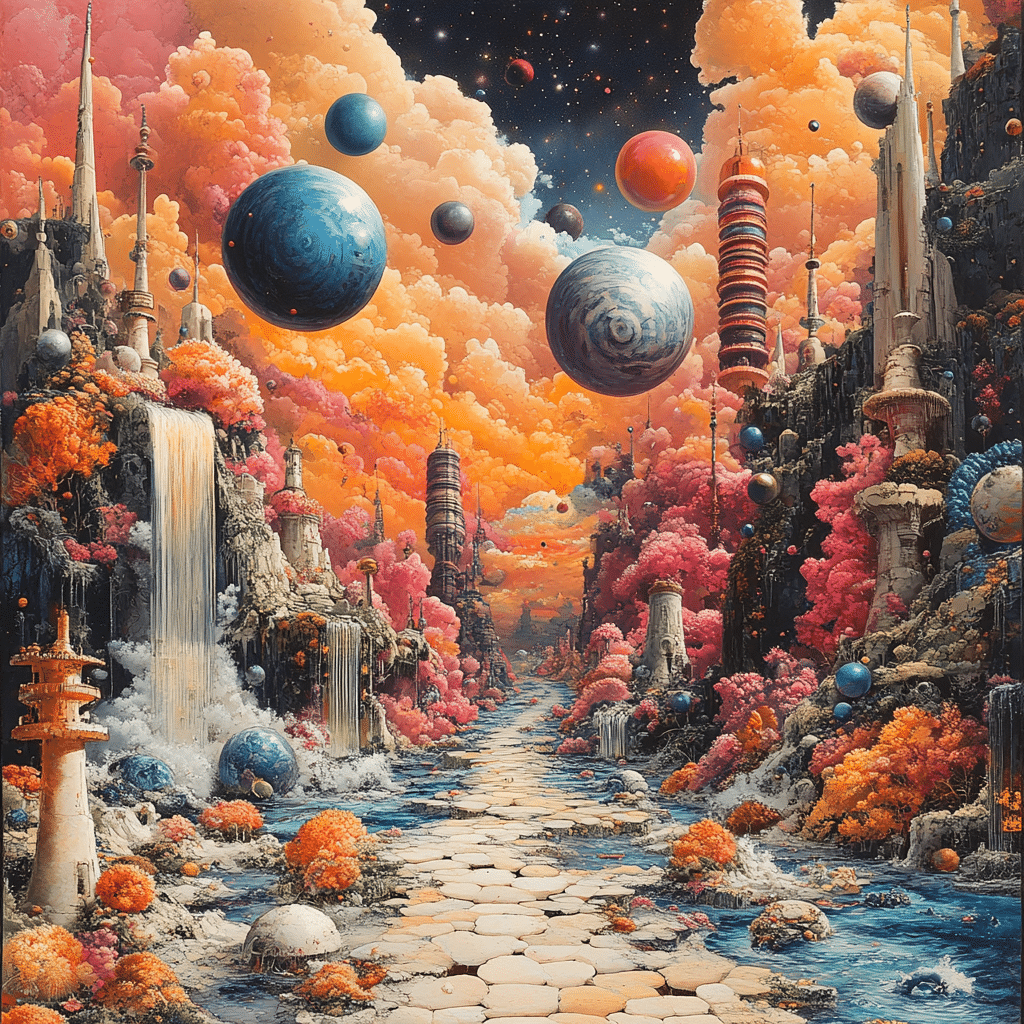
The Psychological Layers of Tripofobia
Diving into the psychological underpinnings of tripofobia reveals why certain clusters provoke fear. Evidence suggests this aversion may be a remnant of human evolution. Our ancestors learned to pay attention to patterns that signaled danger, such as clustered holes that might resemble parasites. The connection between these patterns and potential threats is so potent that it remains relevant even in today’s endlessly connected world.
Moreover, the onslaught of visual stimuli from social media and streaming services exacerbates this primal instinct. Every scroll through Facebook or every moment spent on TikTok exposes you to countless images—many of which can evoke feelings of discomfort for those prone to tripofobia. Thus, in an era of hyper-visuality, the dialogue around mental health concerns becomes significantly more complex.
Exploring tripofobia within cultural narratives offers valuable insights into our relationship with fear. There’s a dark beauty in understanding how these reactions translate into the stories we tell in films, documentaries, and online media. As artists push boundaries, they create a space to discuss not just tripofobia but our broader emotional experiences through their work. As seen with artists employing clusters in their pieces, they invite viewers to confront these uncomfortable feelings collectively.
Cultural Reflections on Tripofobia
The rise of discussions around tripofobia mirrors larger cultural movements emphasizing mental health awareness. As visual content creators dominate social media, there’s a growing responsibility to integrate informed conversations about fears like tripofobia in their work. Creators need to navigate this sensitive territory with care, balancing artistic expression against the potential distress it might evoke.
Documentaries have also begun tackling this topic. Artists use repetition and clustering deliberately to engage audiences in discussing both fear and art. These creative decisions help normalize the experiences of those affected, creating community dialogues while simultaneously raising awareness about psychological discomfort in the arts.
Consider the reactions to films featuring characters with unsettling visual traits. From horror flicks to animated shorts like the entertaining yet perplexing Zootopia Sloth, the resultant conversations emphasize the collective experience of unease, pushing the discourse beyond mere entertainment.
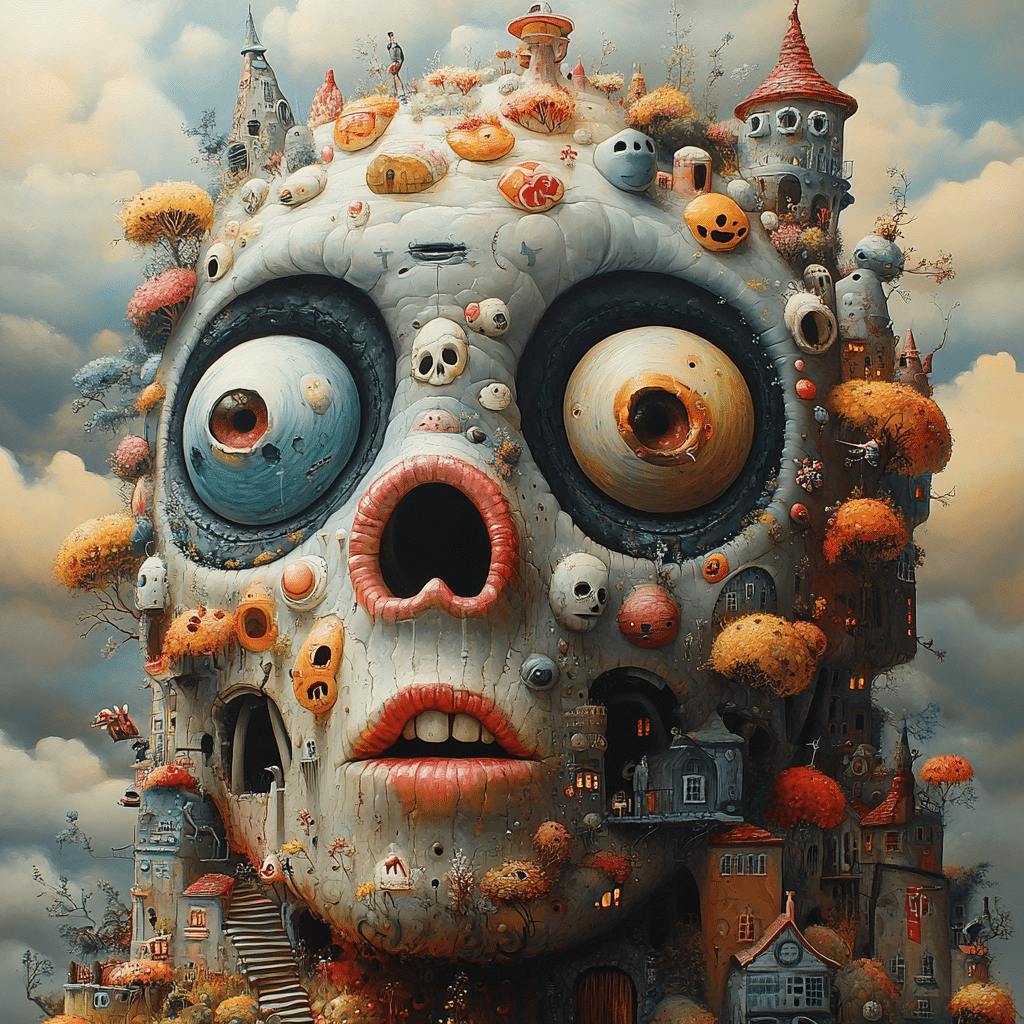
Final Thoughts
Tripofobia may strike some as an obscure term, but its roots and implications affect many individuals. As artists, influencers, and gamers continue to engage with this phenomenon, the blend of psychological principles, cultural critiques, and digital expression will redefine how we approach fear and discomfort. Embracing these discussions opens the door to understanding the human experience more deeply, encouraging empathy, creativity, and exploration of how we deal with emotional responses in a visual world. As we journey through life, acknowledging the intricate patterns around us helps unravel the unspoken fears we all share, fostering a more compassionate and aware society.
Tripofobia: The Unsettling Fear of Clusters and Patterns
Tripofobia, often described as an irrational fear of clusters or irregular patterns, can invoke a visceral reaction in those who experience it. Though not formally recognized as a mental disorder, many people report feeling uneasy or nauseous when confronted with certain textures, like honeycomb or lotus seed pods. These patterns can trigger a survival instinct reminiscent of warnings against potential dangers, like seeing clusters of holes that might resemble harmful creatures. Speaking of unusual phenomena, have you ever checked how much a house costs these days? With so many unique patterns in architecture, it can definitely spur a few feelings!
Delving deeper, tripofobia raises intriguing questions about our biology. Some studies suggest that those who experience this fear might share a genetic predisposition linked to other anxiety disorders. It’s not unlike how people reacted to Septuplets when they first appeared in the news—they often felt fascinated yet deeply unsettled. On a lighter note, many have found tripofobia to be just another quirky human psychology trait, similar to the public’s fascination with celebrities like Amina Muaddi and her unique fashion statements or the infamous Blueface Mom, known for her outrageous antics.
It’s fascinating to consider how widespread tripofobia is within popular culture. This fear has also influenced the film industry, with horror flicks capitalizing on visual patterns to create tension. One notable example involves characters having tripophobic reactions, enhancing the eerie vibe. It’s like when a narrative introduces an Archnemesis, elevating the stakes through discomfort and conflict. And just as Leo schofield immerses audiences in thrilling plots that leave you guessing, tripofobia might make you take a second glance at seemingly innocent textures!
Lastly, the intriguing aspect of tripofobia isn’t just about the fear; it’s also a gateway into discovering hidden anxieties and reactions many people share. This connects us all, making shared experiences like spotting someone in Paignton or learning about a call girls everyday life reveal deeper layers of human emotion. Embracing tripofobia, and understanding these emotional triggers, can lead not just to awareness but also validation that you’re not alone in feeling unsettled by whether it’s natural phenomena or patterns in our lives.
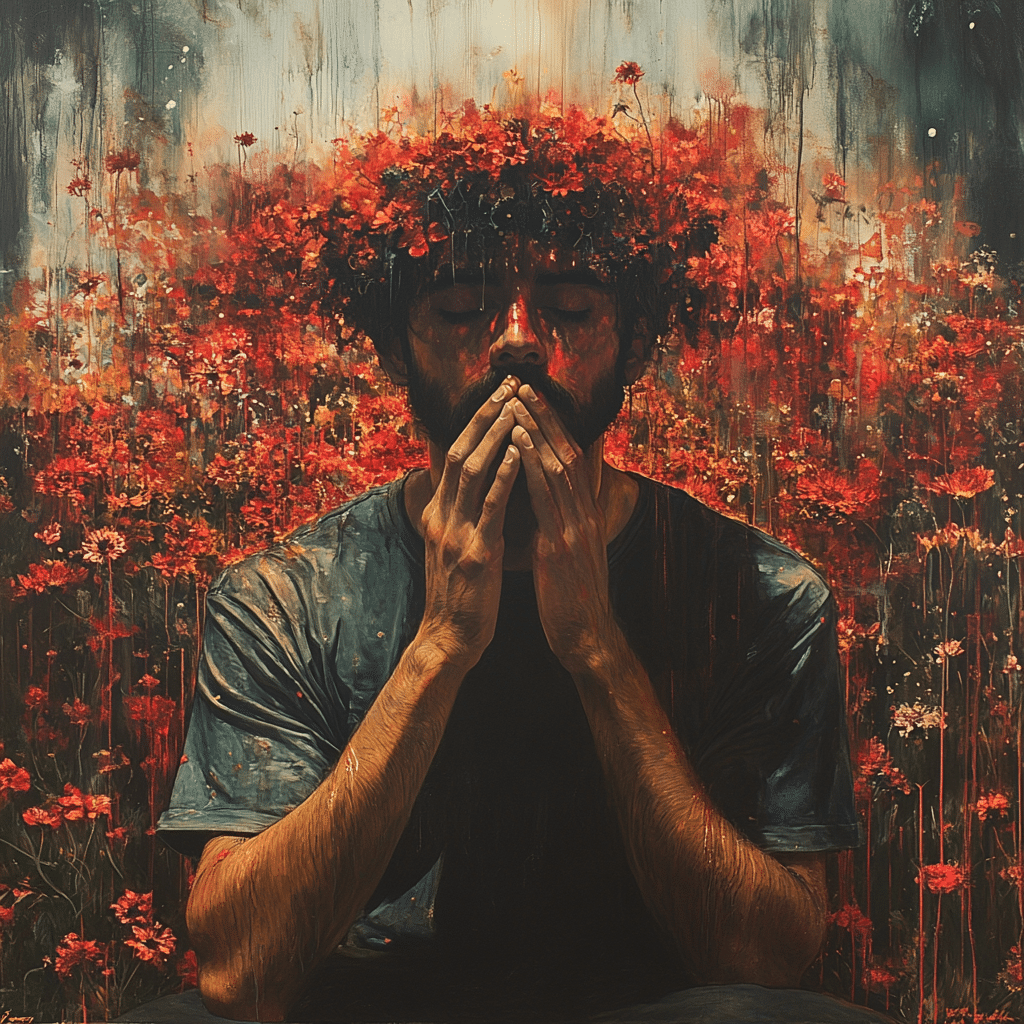
What is the main cause of trypophobia?
The main cause of trypophobia remains a mystery, but some think it’s about how the brain connects clusters of holes to potential dangers, like venomous snakes or unhealthy skin conditions.
What is tripofobia in english?
Trypophobia, in English, refers to the aversion or fear of patterns of holes, circles, or bumps, often leading to feelings of disgust or anxiety.
Is trypophobia a real skin disease?
Trypophobia isn’t a real skin disease; it’s more of a reaction some people have to images or objects that show clusters of holes or bumps.
Why is trypophobia so disgusting?
It’s thought that trypophobia feels so disgusting because it may trigger a natural disgust towards things like decomposing matter or skin diseases, which could have helped our ancestors avoid danger.
What is the rarest phobia?
The rarest phobia is hard to pin down, but some unusual ones include fear of long words called hippopotomonstrosesquippedaliophobia, or fear of the number 13, known as triskaidekaphobia.
What is the evolutionary reason for trypophobia?
One theory for the evolutionary reason behind trypophobia suggests that it helps humans avoid harmful situations or diseases by making them feel repulsed by certain patterns.
Is trypophobia related to OCD?
There’s no direct link established between trypophobia and OCD, though people with OCD might also experience irrational fears or strong reactions to certain stimuli.
What is turophobia?
Turophobia is the fear of cheese, and people with this phobia might avoid all types of cheese or experience extreme anxiety when around it.
How to get rid of trypophobia?
To get rid of trypophobia, therapies that are effective for other phobias, like exposure therapy or cognitive behavioral therapy, might be helpful for some.
Is trypophobia linked to autism?
There’s no clear evidence linking trypophobia to autism; however, some individuals with autism may have heightened sensitivities to certain visual patterns.
What is thalassophobia?
Thalassophobia is the fear of large bodies of water, which can cause a person to feel anxious or scared when near oceans, seas, or lakes.
What does nyctophobia mean?
Nyctophobia means an extreme fear of darkness or night, making it tough for affected individuals to feel safe in low-light conditions.
Is Hippopotomonstrosesquippedaliophobia?
Hippopotomonstrosesquippedaliophobia humorously refers to the fear of long words, and the irony of the name often adds a light-hearted touch to a serious subject.
Am I trypophobic?
If you think you might be trypophobic, pay attention to your feelings when you see certain patterns or clusters; talking to a mental health professional can also help clarify.
What does emetophobia mean?
Emetophobia is the fear of vomiting. It can lead to anxiety about getting sick or being around others who might vomit.
How do I cure my trypophobia?
Curing trypophobia might involve various therapeutic techniques, so consulting a mental health professional is a smart step toward managing the fear.
How do I find out which phobia I have?
To find out which phobia you might have, consider reflecting on your fears and triggers, or consult a therapist who can help identify and diagnose them.
Is trypophobia a real virus?
Trypophobia isn’t a virus; it’s a psychological aversion to certain visual stimuli rather than an infectious or biological condition.
How does trypanophobia affect people?
Trypanophobia affects people by causing an intense fear of needles or injections, which can make medical procedures very stressful for those who experience it.





